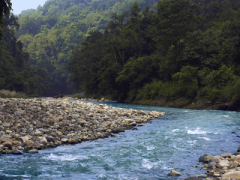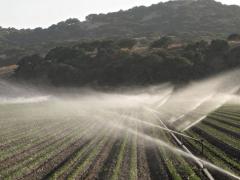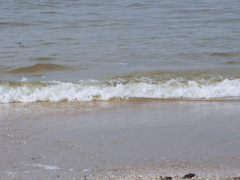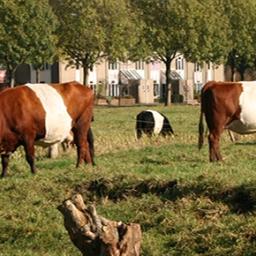Climate Change Will Make Recovery from Eutrophication More Difficult in Shallow Danish Lake Søbygaard
Many lakes around the world suffer from nuisance algal blooms and biodiversity loss, caused by excess nutrient loading. Recent studies indicate that these problems are aggravated by the ongoing global climate change.This urges for reinforcement of eutrophication combatment measures at the local or regional scale.
Lake ecosystem models can assist lake managers in developing management plans counteracting the eutrophication symptoms that are expected to be a result of climate change.
PCLake on Lake Søbygaard
We applied the ecological model PCLake based on 22 years of data from shallow, eutrophic Lake Søbygaard, Denmark and simulated multiple combinations of increasing temperatures (0–6 °C), reduced external nutrient loads (0%–98%) with and without internal phosphorus loading.
Simulations suggest nitrogen to be the main limiting nutrient for primary production, reflecting ample phosphorus release from the sediment. The nutrient loading reduction scenarios predicted increased diatom dominance, accompanied by an increase in the zooplankton:phytoplankton biomass ratio.
Phytoplankton increases due to warmer climate
Simulations generally showed phytoplankton to benefit from a warmer climate and the fraction of cyanobacteria to increase. In the 6 °C warming scenario, a nutrient load reduction of as much as 60% would be required to achieve summer chlorophyll-a levels similar to those of the baseline scenario with present-day temperatures. Simulations generally showed phytoplankton to benefit from a warmer climate and the fraction of cyanobacteria to increase.
Authors
Specifications
- Publication title
- Climate Change Will Make Recovery from Eutrophication More Difficult in Shallow Danish Lake Søbygaard
- Publication date
- 24 October 2016
- Publication type
- Publication
- Magazine
- Water
- Product number
- 2589




